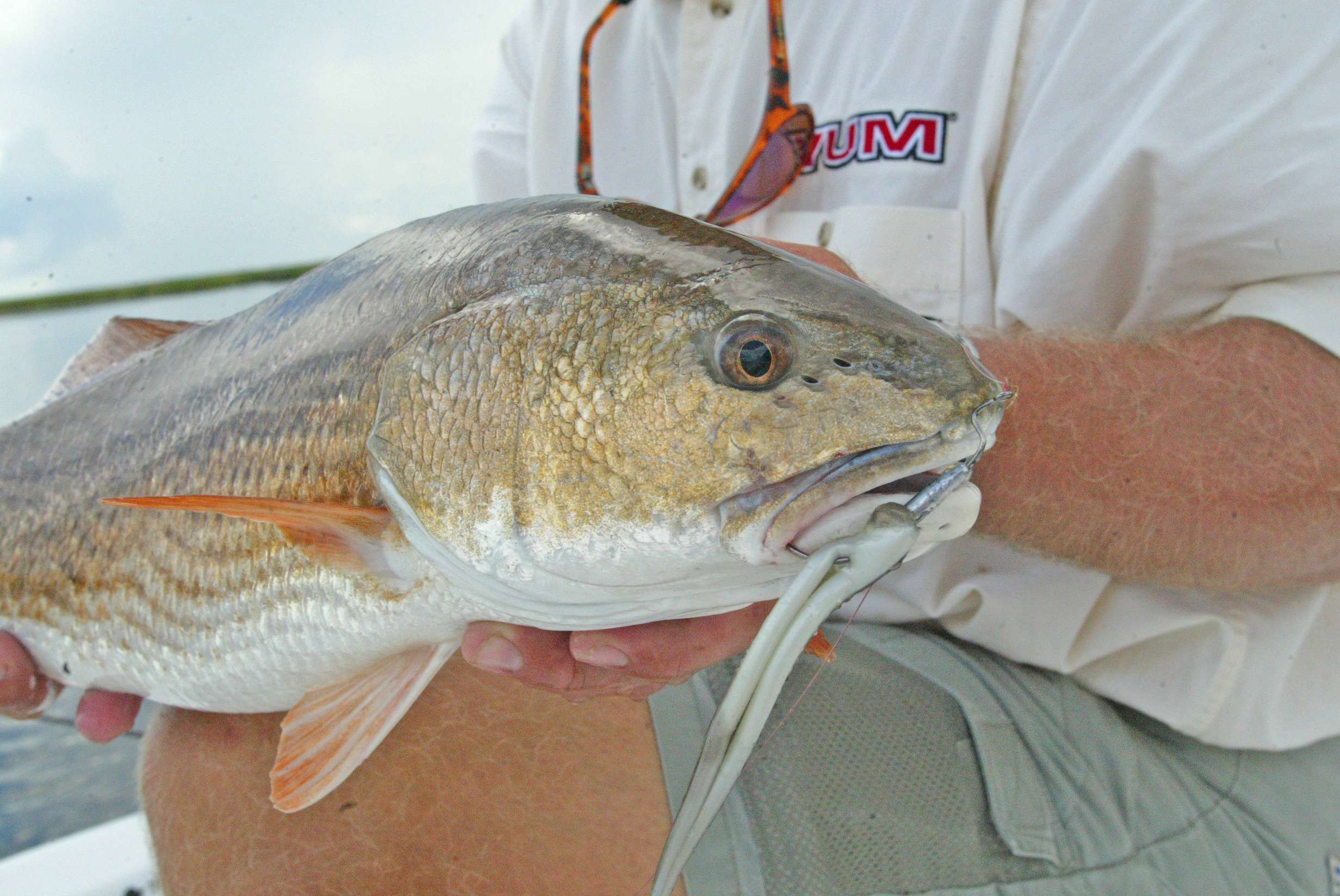
Respect for quarry is an essential for any angler to be successful. There is little doubt that learning about the history of pursuing the redfish is something that sport anglers take with them to the water everyday.
But how many of you have considered the history of the fish itself? Nonetheless, let’s take a walk on the nerdy side. A little Darwin served with one of Chef Prudhomme’s Cajun delicacies coming right up!
Continental drift is the most important ongoing event that has influenced the redfish’s evolutionary development. The theory of Continental Drift was first proposed in 1912 by German scientist Alfred Wegener. Wegener theorized that over 200 million years ago, all of earth’s landmasses were together in one large super continent, known as Pangaea, meaning “all-earth.” That means that since the earth was one large landmass, it also had one endless fishing hole!
Over time, these continents have drifted apart and collided allowing for the creation of waterways, mountain ranges, volcanoes and other geological phenomena. The Himalayan Mountains, for example, were likely formed when the Indian subcontinent collided with the Eurasian super-continent some 50 million years ago. That certainly is a collision of two big fish.
The theory of plate tectonics is built upon Wegener’s theory. Introduced in the 1960’s, plate tectonics asserts that the earth’s crust moves in blocks known as plates. The movement of magma in layers beneath the crust and subsequent temperature change within these layers are the main forces that have caused the motion of continents. Continental drift over time, and the fragmentation of the Eurasian super-continent allowed for the opening of the Atlantic Ocean, and subsequently the Gulf of Mexico. This ongoing phenomenon or shifting around of landmass from spot to spot allowed the redfish to appear in many of our own backyards.
That’s why several genera within the family Sciaenops are restricted to certain backyard big ponds, some in the greater Atlantic Ocean watershed, others in the Western Pacific and Indian Ocean regions. The differing salt levels and ocean water temperatures allowed different types to evolve, each one perfectly crafted to stay within a certain zone, thus giving it the best chance for long term survival.
That is why even along the Atlantic and Gulf Coasts from Maryland to Texas we see redfish from the same family adapting to completely different environments.
Just think of it in terms like this, William from Boston is an imaginary angler. When he’s not fishing he’s more likely to be concerned with I-93 traffic, the nonstop construction, Schilling’s bloody sock and Bucky “Bleeping” Dent. Even without those thoughts, he’s acclimated to an upper East Coast environment, making it harder for William to thrive in the humid soup of the Gulf Coast summer than say the average Billy Bob to the south.
A day of fishing head to head in the Louisiana Marsh, will likely see William come close to heat stroke before Billy Bob ever gets warmed up.
For all species to survive, some mutations (and we’re not saying Billy Bob is a mutant) need to occur to allow them to adapt to different water temperatures. The channel bass (Yankee redfish) that William caught off of Cape Cod on a cool summer day has likely undergone some mutations that allow it to tolerate lower water temperatures than Gulf Coastal populations.
Surprisingly however, one would have to go back quite some time to find a common ancestor between redfish and goldfish. Freshwater bass, on the other hand, have much more in common with redfish than the goldfish commonly buried with a 13 gallon flush. So if you feel compelled to try to study evolution up close and personal at a fish bowl, don’t bother trying. You will be better suited to take your pole to any pond or stream within walking distance; which will be more fun anyway.
Even more fun if you consider the possibility that if continental drift had taken a different form, with a few other collisions taking place in the right spots that the Redfish Nation could be fishing for largemouth bass in saltwater, while our Bassmaster cousins could be chasing redfish in freshwater.
Certainly something to think about, although it’s a good bet most of the Redfish Nation is happy it turned out the way it did. The only glitch was the dark ages of 20 years ago when redfish experienced a severe drop in population because of over fishing, thanks in a small part to the good Chef Prudhomme. According to Doug Martin, United States government researcher at South Carolina’s Savannah River National Laboratory, one result of this that can already be seen today is an over-representation of smaller redfish in Gulf Coastal populations.
